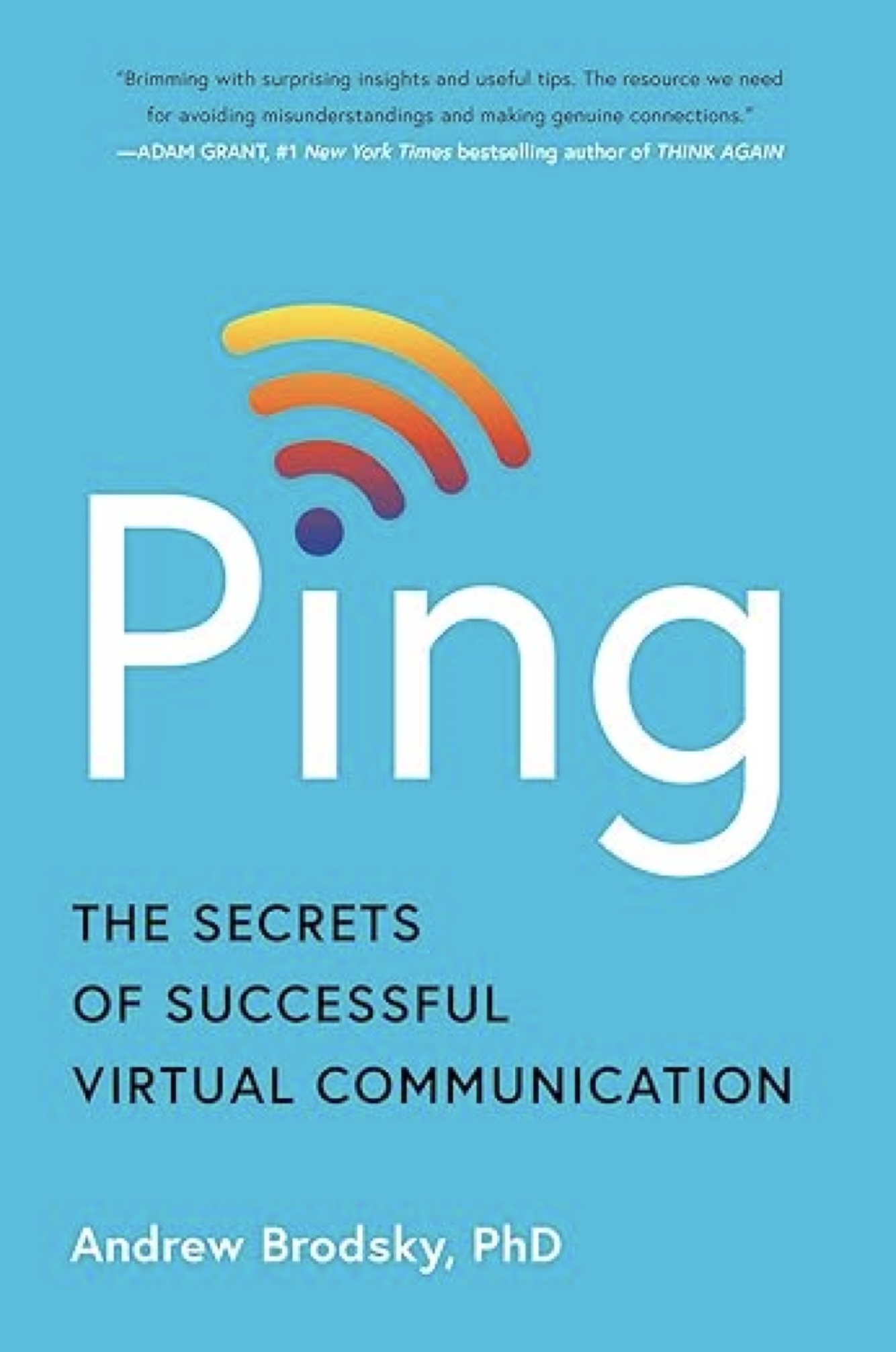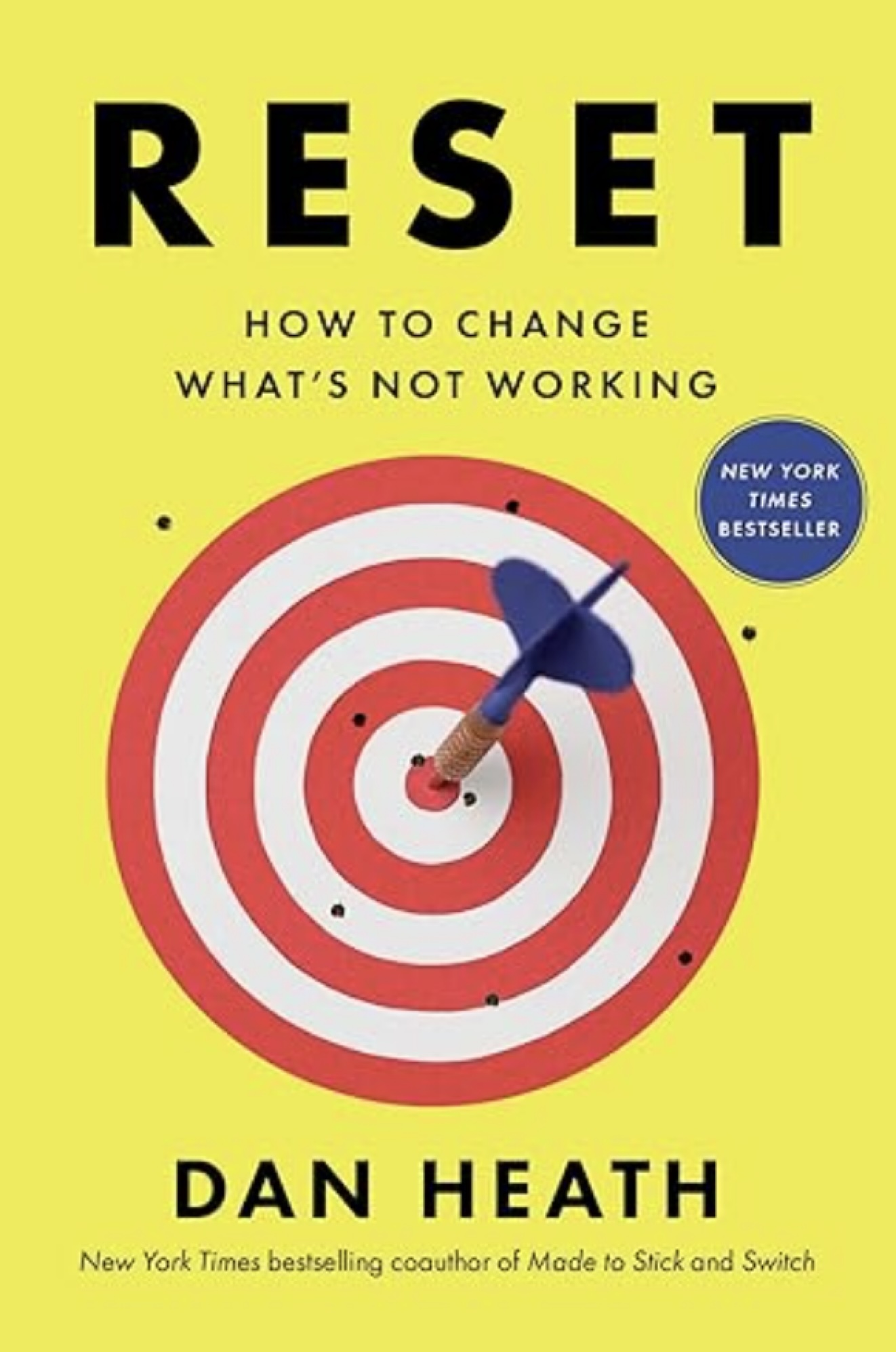
A Parent’s Guide to Cultivating Deeper, Lasting Self-Confidence in Their Children by Emily Graham
Every parent wants to see their child walk through the world with their head held high, resilient and proud of who they are. But confidence isn’t something you can wrap in a box and hand over—it’s a process, a relationship, a set of experiences that shape how your child sees themselves. Confidence is built slowly, through trials and triumphs, and most of all, through the messages your child receives about their own worth. If you’re serious about raising confident kids who become confident adults, you need more than pep talks. You need to be intentional, consistent, and open to evolving alongside them.
Praise the Process, Not Just the Prize
It’s tempting to cheer only when your child brings home the trophy or aces the test, but if you want to nurture genuine self-confidence, focus your praise on their effort, not just the end result. Kids internalize what gets noticed, so when you consistently acknowledge their persistence, creativity, or courage to try, they start to value those traits in themselves. This teaches them that success isn’t about natural talent or being better than others—it’s about showing up, again and again, even when things get tough. Confidence grows from knowing that they have what it takes to keep going, even when the scoreboard doesn’t show it.
Smartphones: The Confidence Killer in Their Pocket
The impact of smartphones on your child’s self-confidence is subtle but persistent. While they provide entertainment and connection, they also introduce a nonstop flood of comparison, filtered perfection, and social validation through likes and comments. Kids begin to outsource their self-worth to an algorithm that’s designed to keep them scrolling, not growing. Instead of learning to validate themselves from within, they chase approval in the form of emojis and follow counts. As a parent, you need to have honest conversations about what they’re seeing, create screen-free time, and remind them that real confidence isn’t built online—it’s built offline, in the messiness of real life.
Entrepreneurship as a Confidence Catalyst
If you’re raising a teen who’s curious, ambitious, or eager to break the mold, introducing them to entrepreneurship might be the best thing you can do for their confidence. Running a small business gives teens hands-on experience with solving problems, making tough decisions, and managing real responsibilities. They’ll learn quickly that mistakes are just part of the journey, and that with enough perseverance, they can turn an idea into something real. Whether they’re selling art prints or mowing lawns, this experience shows them they can shape their own future. For those just starting out, using an all-in-one business platform like ZenBusiness can offer practical tools like website building, logo design, and business registration, making the leap into entrepreneurship less intimidating and more empowering.
Let Them Make Real Choices
One of the fastest ways to chip away at a child’s confidence is to constantly make decisions for them, even with the best intentions. You’re not just managing their schedule—you’re teaching them whether their voice matters. Empower your child by letting them choose what clothes to wear, what hobbies to pursue, or how to decorate their room. These aren’t small things. They’re practice rounds for bigger decisions later in life. Kids who are allowed to make choices—and experience the consequences—learn to trust their judgment and develop an internal compass, which is the foundation of true confidence.
Support Their Curiosity Without Micromanaging
Every child is wired to explore. Whether it’s learning a musical instrument, joining a coding club, or getting dirty in the garden, trying something new opens the door to unexpected talents and passions. But stepping into new territory can feel risky for kids, and that’s where you come in. Your role isn’t to push or pressure—it’s to stand beside them, offering encouragement and helping them find joy in the journey rather than fearing failure. When kids see that their worth isn’t tied to perfection, they feel free to experiment and discover who they really are.
Normalize Setbacks as Part of Growth
Failure isn’t the opposite of success—it’s part of the same path. Kids who believe they need to get everything right the first time are often paralyzed by fear, avoiding challenges and shrinking from opportunity. The antidote? Teach them that stumbles are just part of learning. Talk about your own mistakes. Ask questions like, “What did you learn from that?” instead of “Why didn’t that work?” Help them reframe setbacks as clues, not judgments. When kids stop fearing failure, they start taking ownership of their growth, which builds an unshakeable kind of confidence rooted in resilience.
Celebrate Their Differences
No child thrives when they’re constantly being measured against someone else. Whether your kid is introverted, wildly creative, neurodivergent, or marches to a beat all their own, make sure they know those traits are assets, not liabilities. Confidence doesn’t come from fitting in—it comes from standing out and being proud of it. Encourage your child to lean into what makes them unique. Tell them the world needs more original thinkers, more dreamers, more honest voices. When they believe their authenticity is valuable, they’re less likely to seek validation from external sources and more likely to trust themselves.
The world will eventually test your child’s self-worth, but your voice will always be their first mirror. When you focus on effort instead of results, create space for choice, nurture their curiosity, and frame setbacks as growth, you’re planting seeds of confidence that will take root and flourish. By celebrating what makes them different and offering love that doesn’t falter, you’re helping them build an identity that’s not dependent on trends or trophies. And when you counter the noise of social media and introduce real-world experiences like entrepreneurship, you’re showing them what real confidence looks like in action.
Emily Graham
Emily is the creator of MightyMoms.net. She believes being a mom is one of the hardest jobs around and wanted to create a support system for moms from all walks of life. On her site, she offers a wide range of info tailored for busy moms — from how to reduce stress to creative ways to spend time together as a family. You can email her at emilygraham@mightymoms.net. She lives in Arizona.
Explore a world of innovative educational insights and practical strategies with Dr. Doug Green to help make math relevant, manage school anxiety, and much more!










